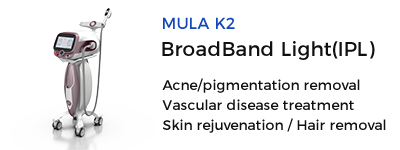Understanding Comedogenic Ratings and Acne
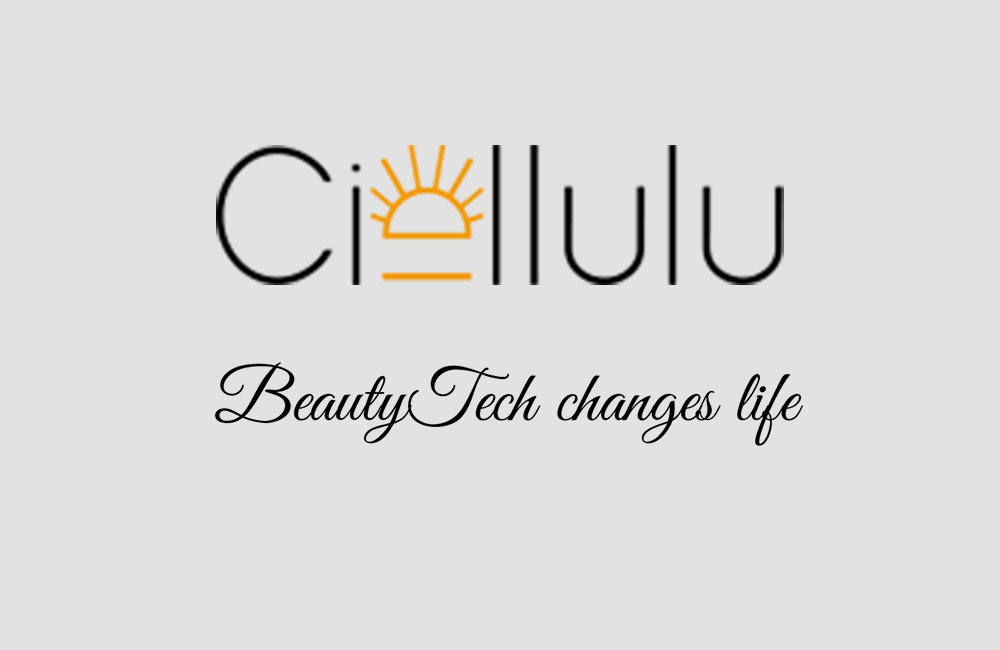
Understanding Comedogenic Ratings and Acne
Understanding Comedogenic Ratings and Acne
Acne is a common skin condition that affects millions of individuals across the globe. Managing acne involves understanding a mosaic of factors, including skincare products, treatments, and their effects on the skin. One critical aspect that often goes unnoticed is the comedogenic rating of products applied to the skin. In this article, we delve into the intricacies of comedogenic ratings and explore effective treatments for acne, such as IPL laser and spot treatments.
What Are Comedogenic Ratings?
Comedogenic ratings refer to the potential of a substance to cause comedones, which are skin-colored, small bumps frequently found on the forehead and chin of those with acne. Comedones can lead to the development of more severe forms of acne, including blackheads, whiteheads, and inflamed pimples. The rating scale ranges from 0 to 5: - 0: Non-comedogenic, does not clog pores. - 1-2: Low likelihood of clogging pores. - 3: Moderate potential for clogging pores. - 4-5: Higher potential for clogging pores.
Choosing skincare products with low comedogenic ratings is particularly crucial for those prone to acne. Ingredients such as mineral oil have high comedogenic ratings, whereas products like jojoba oil are often rated lower and are less likely to aggravate the skin.
IPL Laser: Before and After
Intense Pulsed Light (IPL) laser treatment is a popular non-invasive option for treating various skin concerns, including acne scars and active acne. This treatment uses broad-spectrum light to destroy the bacteria that cause acne and to shrink the sebaceous glands, thereby reducing oil production.
Before IPL Treatment: - The skin should be thoroughly cleansed. - Avoid direct sunlight and tanning activities for at least two weeks prior. - Individuals may be advised to stop using certain skincare products, like retinoids, to minimize skin sensitivity.
After IPL Treatment: - There may be some redness and minor swelling immediately following the treatment. - It is important to apply sunscreen regularly and avoid sun exposure to prevent hyperpigmentation. - Results can vary, but many patients notice a significant reduction in acne and smoother skin texture after a series of treatments.
Spot Treatment for Acne
Spot treatments are highly targeted solutions designed to rapidly address individual pimples. These products often contain active ingredients like benzoyl peroxide, salicylic acid, or sulfur, which work to reduce inflammation, kill acne-causing bacteria, and unclog pores.
Choosing the Right Spot Treatment: - Benzoyl Peroxide: Ideal for inflammatory acne, it eliminates bacteria but can be drying. - Salicylic Acid: Works well for blackheads and whiteheads as it exfoliates the skin and keeps pores clear. - Sulfur: Suitable for sensitive skin, it absorbs excess oil and has antibacterial properties.
Application Tips: - Cleanse the affected area before application to ensure the treatment is effective. - Apply a small amount directly to the pimple, avoiding the surrounding skin to minimize dryness or irritation. - Use spot treatments as part of a comprehensive acne management routine, which may include gentle cleansers, non-comedogenic moisturizers, and sun protection.
Conclusion
Understanding the comedogenic ratings of skincare products can play a pivotal role in managing acne. Complementing your skincare regimen with treatments like IPL laser therapy and effective spot treatments can further optimize your skin's health and appearance. By making informed choices, you can better navigate the complexities of acne management and achieve clearer, healthier skin.

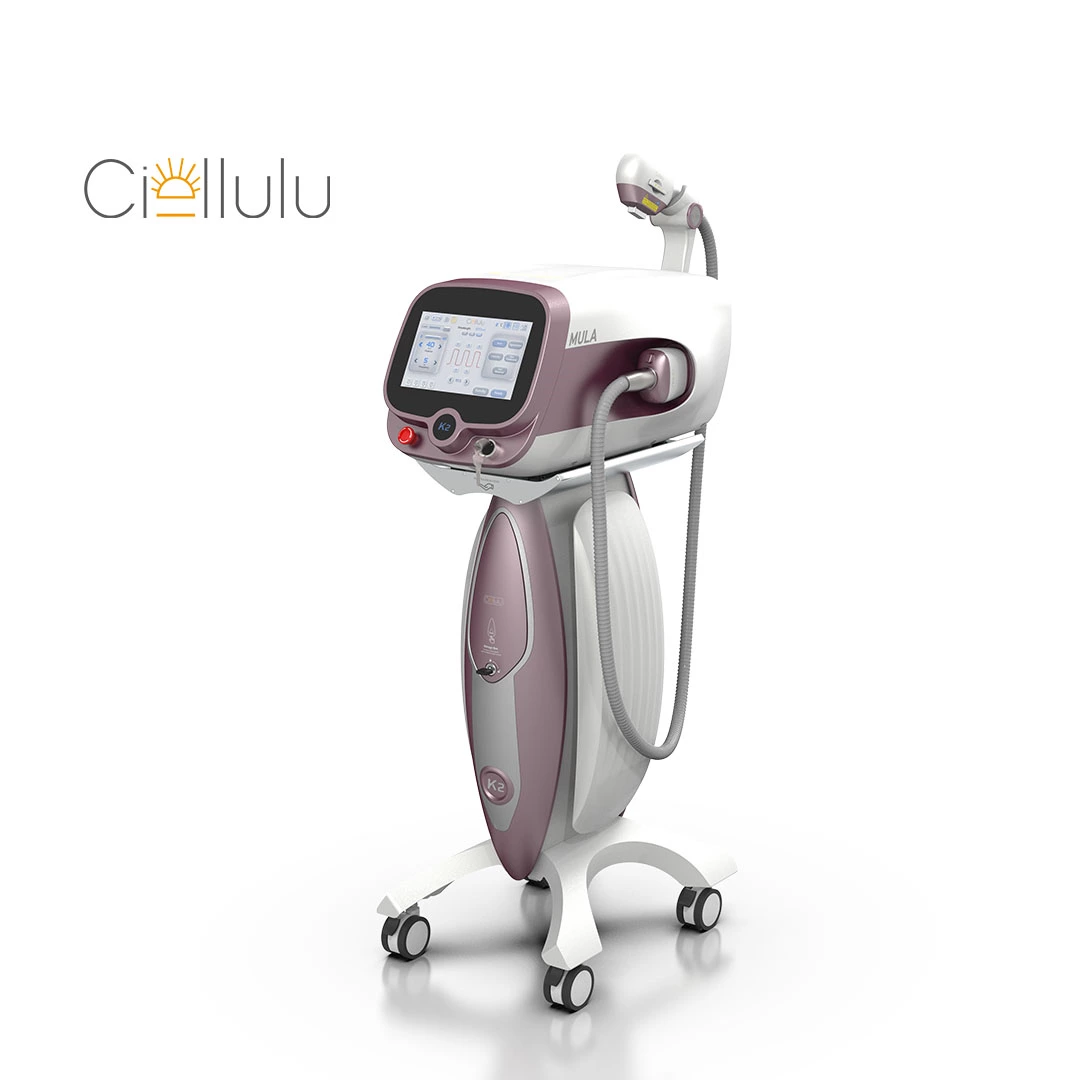
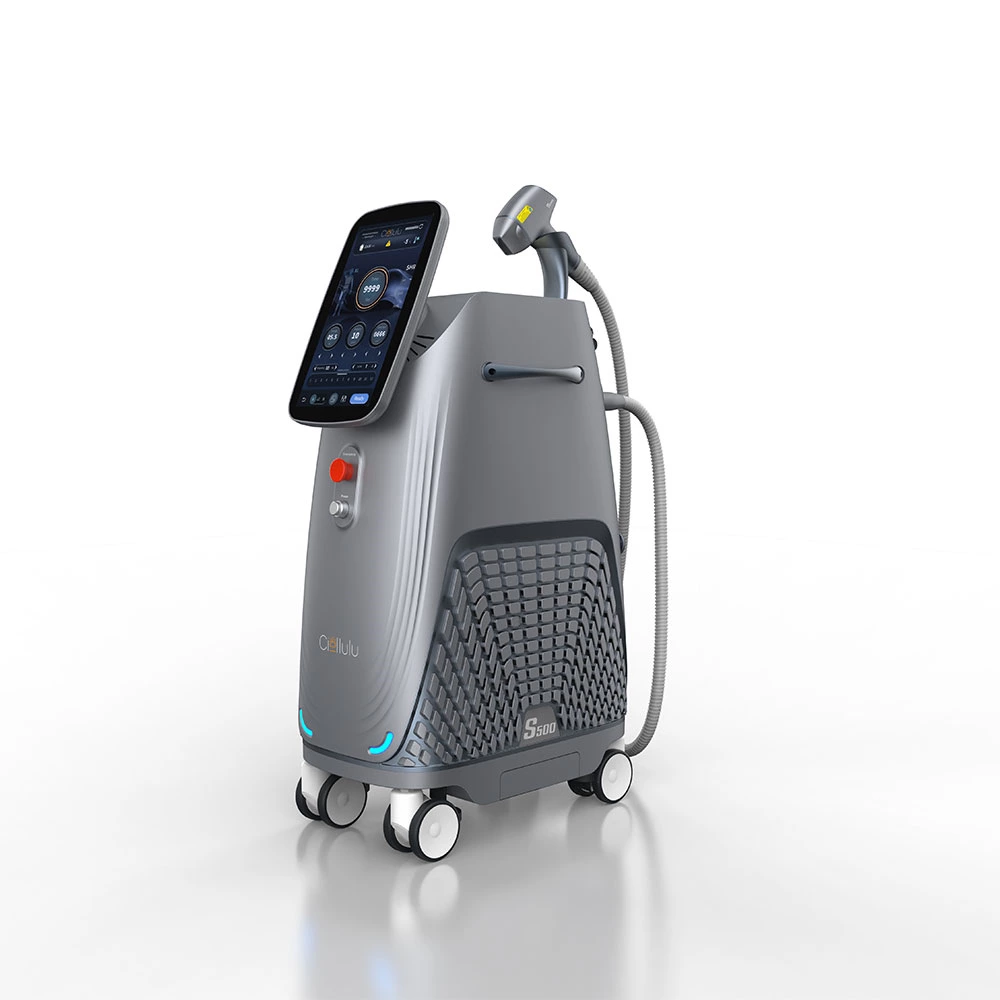
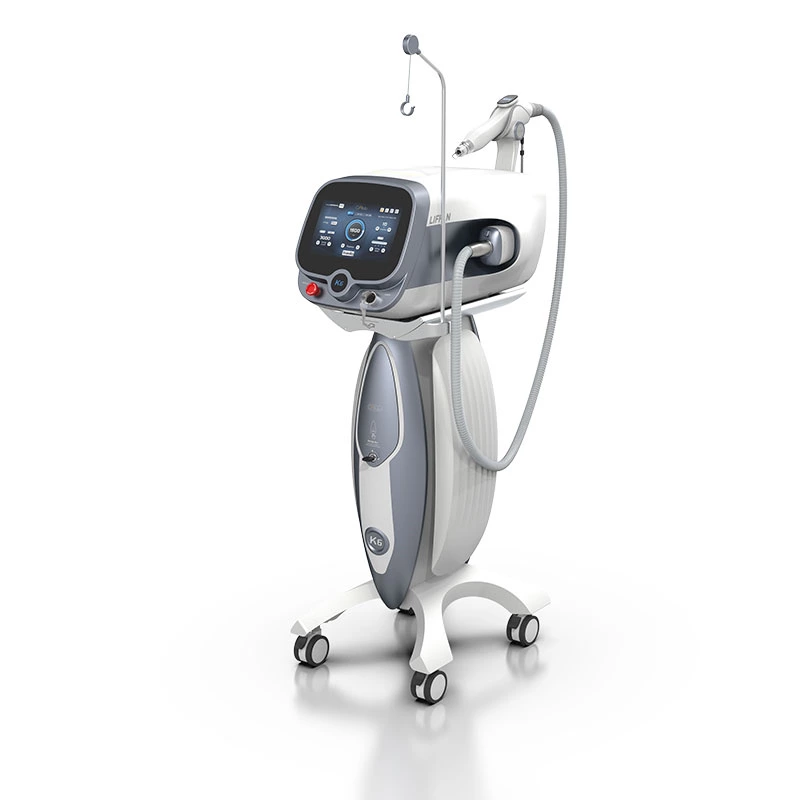
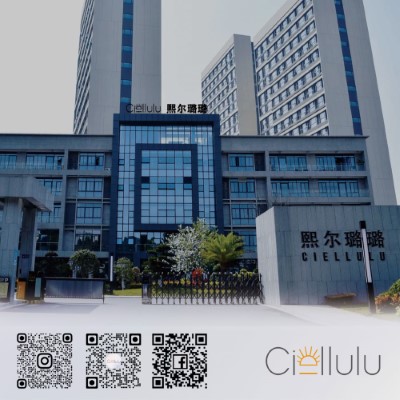 Ciellulu Laser - Facial Machine Supplier
Ciellulu Laser - Facial Machine Supplier